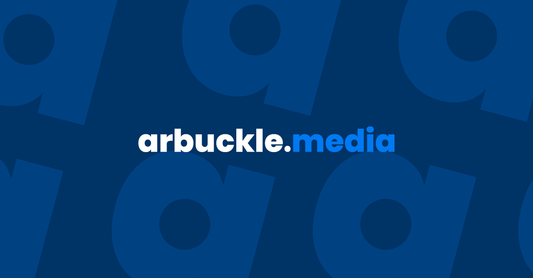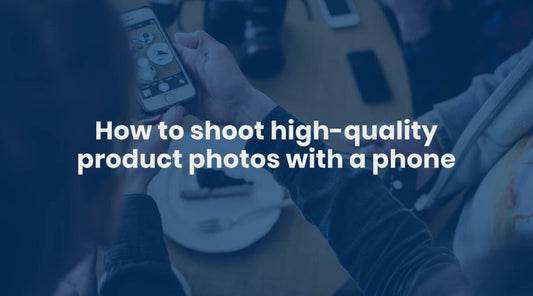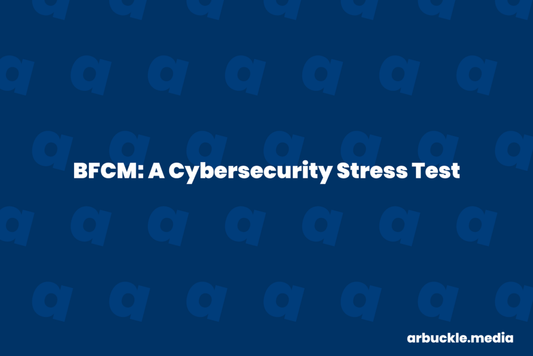Simpler is better – at least when it comes to creating branding identities and logos. It’s been a long undisputed practice that the best designs come from incorporating the most unique identifying elements in as few details as needed (though not necessarily possible). That’s what Slack was missing – with a hashtag (or “octothorpe”) logo that included 11 different colours, it was, in their own words, “extremely easy to get wrong.”
When you have the extensive resources of a large international tech company, it’s somewhat easier (but still not impossible) to not get your marketing collateral wrong when you’re printing banners, business cards, or developing ads or sponsorship swag. For most businesses, however, you’re significantly increasing the risk of getting it wrong (or way wrong) in practice. When you use multiple colours, gradients, or non-standard font or colour choices, you end up sacrificing practicality for uniqueness, and while there’s absolutely something to be said for thinking ahead of the choices you make in a branding exercise.
Pentagram’s rebrand of Slack’s logo and branding identity utilizes 5 (or 4, depending on the iteration) primary colours, they’re already off to a better start at keeping things concise and more easy to replicate for marketing efforts. Even though Slack has different versions of its logo that it could use interchangeably for different outputs, they didn’t appear to be cohesive at all. The app icon looked far different from the website’s logo, and the logo that appeared on the brand’s advertisements online would vary depending on the output.
Branding, or a rebrand, should be conducted in a way that sees the future of the business, just as much as it sees the practicality of today’s current operations. If your brand operates with a lot of printed materials – how will the logo look when it’s eventually, inevitably printed in black and white? If your business sponsors events, festivals, or other organizations – will third party users of the brand’s identity be able to easily follow your guidelines on which version of the logo to use or how to use it? In an imperfect world, how can you reduce the chances of your logo and brand identity being improperly replicated to as close to zero as possible? That’s the point of a branding exercise, and it seems like Michael Bierut and the Pentagram team
To sum it up, whether or not a rebrand can or will be effective, Slack’s HQ said it best “We’re still Slack. But more consistent and, we hope, more instantly recognizable.” The last thing you want to do is undo the work previously done by the brand to make its logomark or name connected to its operations, but if that mark has issues causing real headaches (and potentially real dollars), isn’t a little shift and simple change in scenery worth it?





